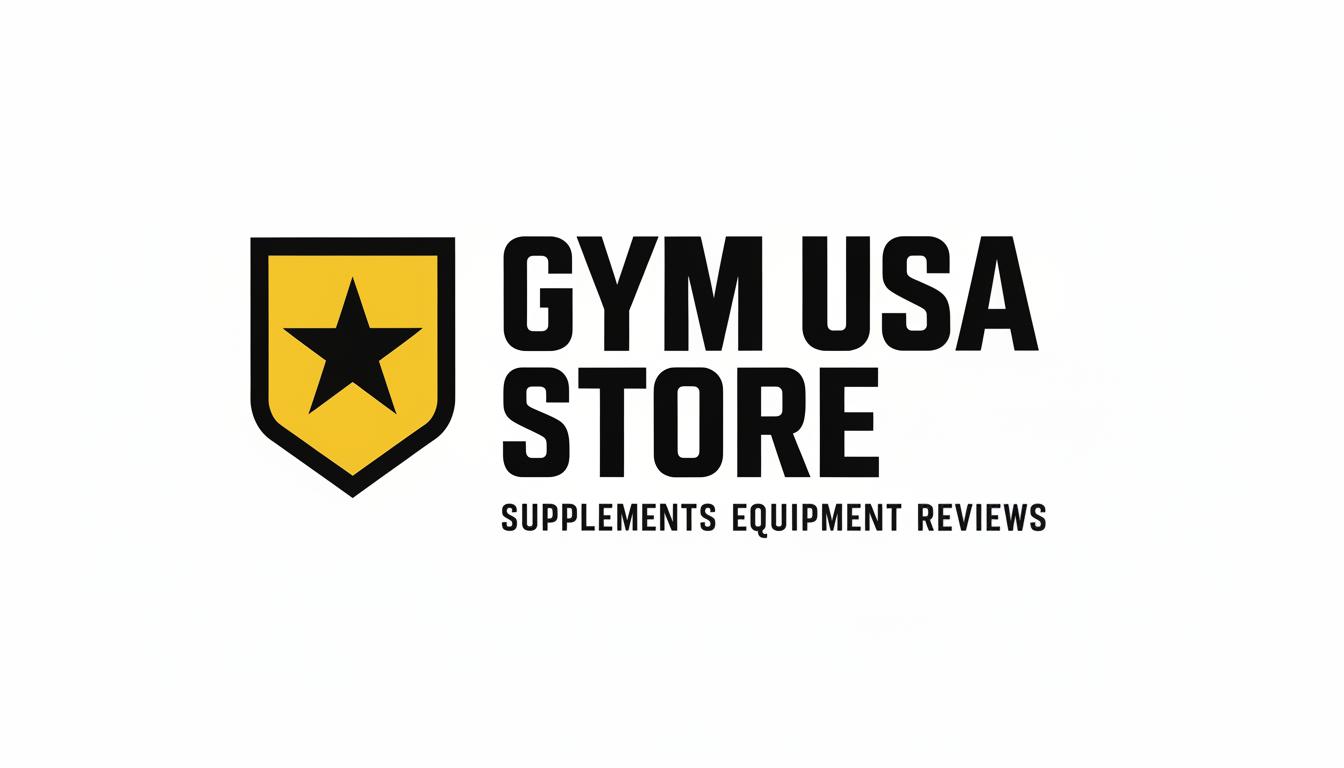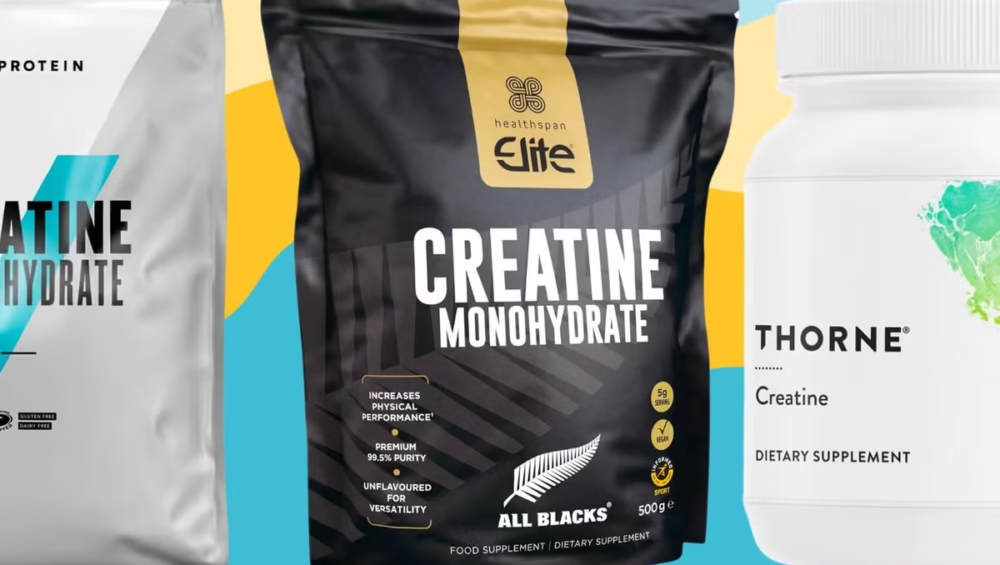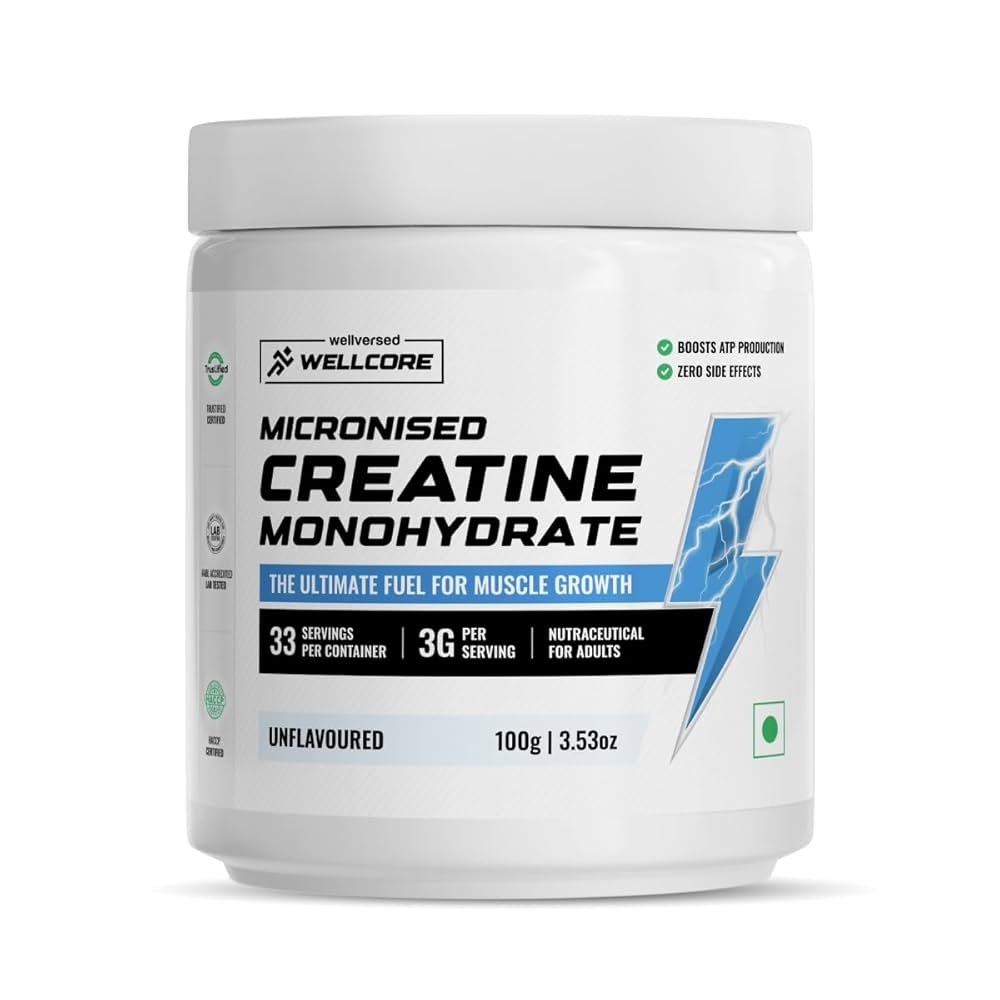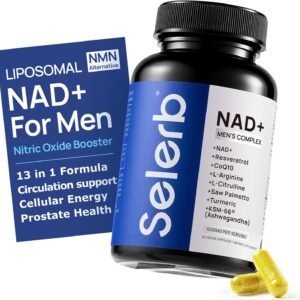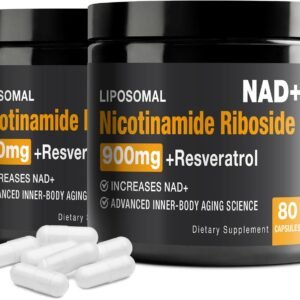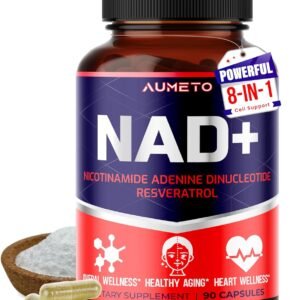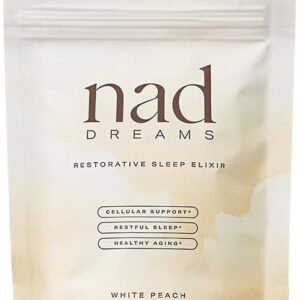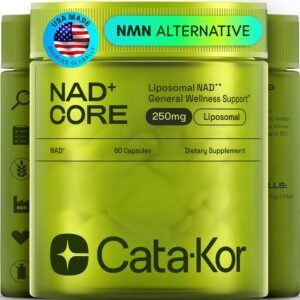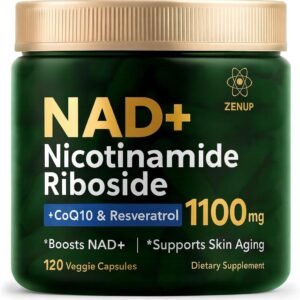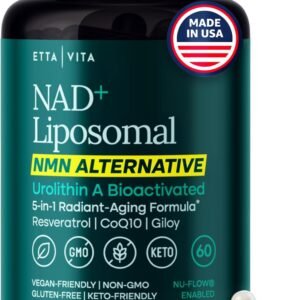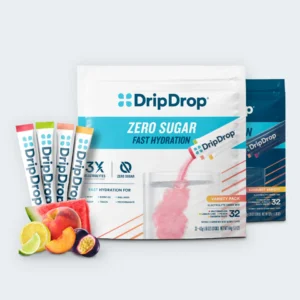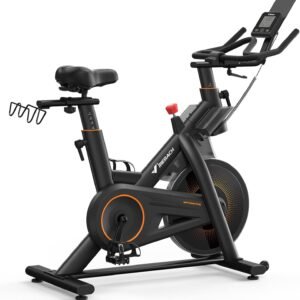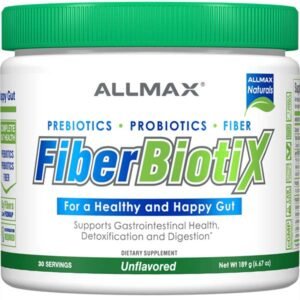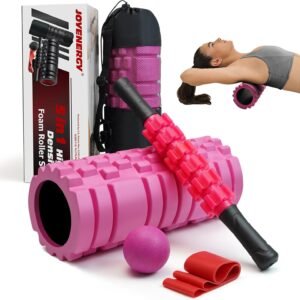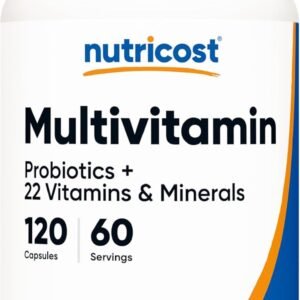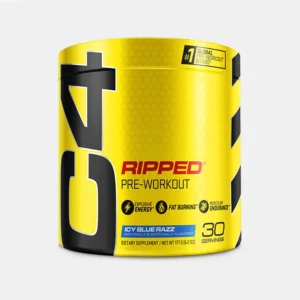Do You Need To Cycle Creatine? A Deep Dive Into Science and Performance
Creatine is one of the most studied and effective supplements in sports nutrition. For decades, athletes, bodybuilders, and fitness enthusiasts have relied on creatine to enhance strength, increase lean mass, and improve exercise performance. Despite its popularity, one question continues to spark debate: Do you need to cycle creatine?
Some athletes swear by creatine cycling—periods of loading, maintenance, and washout—believing it maximizes benefits and prevents the body from “getting used to” creatine. Others argue that daily, consistent intake is the most effective and scientifically supported method.
In this article, we’ll break down the science of creatine, what cycling actually means, whether it has proven benefits, and what the latest research suggests for long-term use. By the end, you’ll know exactly how to approach creatine supplementation for your fitness goals.
What Is Creatine and How Does It Work?
Creatine is a naturally occurring compound found in meat, fish, and synthesized by the body in the liver, kidneys, and pancreas. About 95% of the body’s creatine is stored in skeletal muscle, primarily as phosphocreatine.
During high-intensity exercise, phosphocreatine helps regenerate adenosine triphosphate (ATP)—the body’s immediate energy currency. Because ATP is rapidly depleted during explosive efforts like lifting heavy weights or sprinting, higher phosphocreatine levels allow you to sustain peak performance longer.

Benefits of Creatine Supplementation (proven by science):
- Increases strength and power: Creatine consistently improves 1-rep max lifts, sprinting, and explosive performance.
- Promotes lean muscle growth: By enabling harder training and stimulating cellular hydration, creatine contributes to hypertrophy.
- Speeds recovery: Studies show creatine reduces muscle cell damage and inflammation.
- Supports brain health: Beyond muscles, creatine enhances energy metabolism in the brain, with potential cognitive benefits.
Creatine monohydrate remains the gold standard, with hundreds of peer-reviewed studies confirming its efficacy and safety.
What Does “Cycling Creatine” Mean?
Cycling creatine generally refers to using the supplement in phases, rather than continuously. The typical approach includes:
- Loading phase: 20 g per day (split into 4 doses) for 5–7 days.
- Maintenance phase: 3–5 g per day for 4–6 weeks.
- Washout phase: Stopping creatine for several weeks before restarting.
The reasoning behind cycling includes:
- Preventing the body from becoming “desensitized.”
- Allowing natural creatine production to reset.
- Maximizing muscle saturation in shorter periods.
But does this approach hold up under scientific scrutiny?
The Science of Creatine Saturation
When supplementing with creatine, muscles gradually increase their stores until they reach saturation. Research shows:
- With loading (20 g/day): Muscles reach saturation in 5–7 days.
- Without loading (3–5 g/day): Muscles reach saturation in 3–4 weeks.
Once muscles are saturated, continuing with a daily maintenance dose (3–5 g/day) keeps levels elevated indefinitely.
Worth to read: 5 common mistakes in creatine supplementation
Key Point:
You don’t “lose” creatine effectiveness with consistent intake. As long as your muscles remain saturated, performance benefits persist. There is no scientific evidence of “creatine resistance” developing with long-term use.
Do You Need a Washout Phase?
One argument for cycling is that stopping supplementation allows the body’s endogenous (natural) creatine production to “recover.” But studies have found:
- Creatine supplementation temporarily reduces the body’s own synthesis because demand is met through diet/supplementation.
- Once supplementation stops, natural production resumes fully within weeks.
- There is no evidence of long-term suppression or harm to natural creatine metabolism.
In fact, multiple long-term studies (6 months to 5 years) on athletes using creatine continuously show no adverse effects on kidney or liver function in healthy individuals.
Read also: creatine pills – safe or not safe?
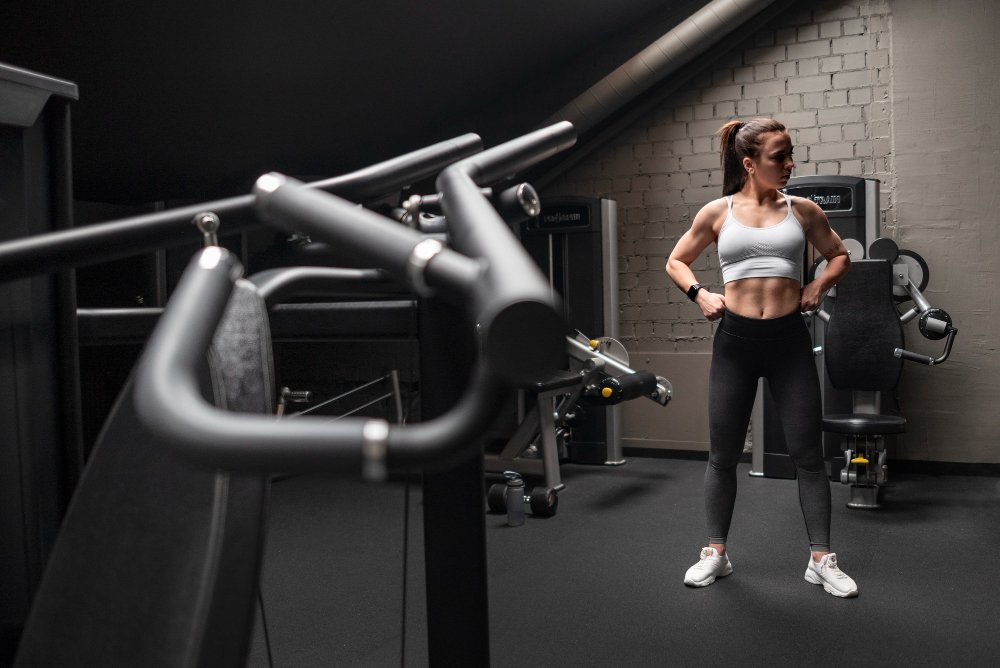
Translation:
There is no physiological need for a washout phase unless you simply want to save money or take a break from supplementation.
Cycling vs. Continuous Use: What Research Shows
1. Performance outcomes
- Studies comparing cycling vs. daily continuous intake show no significant differences in strength, muscle growth, or performance when total creatine exposure is matched.
- Consistent intake is simpler and ensures muscles remain saturated.
2. Health and safety
- Continuous creatine use has been proven safe for years at standard doses (3–5 g/day).
- Cycling does not offer added health benefits.
3. Psychological factors
- Some athletes report they “feel a boost” when starting a new cycle. This could be due to the placebo effect or increased motivation during a loading phase.
4. Practicality
- Cycling requires planning and scheduling.
- Daily low-dose supplementation is easier and more sustainable long-term.
When Might Creatine Cycling Make Sense?
Although not necessary for most, there are a few cases where cycling might be reasonable:
- Budget-conscious users: Stopping creatine for a month or two can save money, especially if supplements are costly.
- Athletes with testing protocols: In sports where supplement use is monitored, some may cycle for personal reasons, even though creatine is legal and safe.
- People with sensitive digestion: Some experience mild bloating or stomach upset at higher doses. Cycling off temporarily may provide relief.
For everyone else, the evidence supports consistent daily use.
Read also: recommended dosage of creatine for gym goers
Myths About Creatine Cycling
Let’s bust a few common misconceptions:
- “Your body stops responding if you don’t cycle.”
False. As long as muscle stores are saturated, creatine continues to deliver benefits. - “Cycling prevents kidney damage.”
False. No research shows kidney or liver damage from standard creatine use in healthy individuals. The myth persists due to confusion with creatinine (a waste product measured in kidney function tests). - “You only grow during the loading phase.”
False. Gains come from consistent training supported by muscle saturation, not temporary spikes in creatine intake.
Best Practices for Creatine Supplementation
1. Skip cycling, go consistent
Take 3–5 g of creatine monohydrate daily, preferably with a meal to enhance absorption.
2. Loading is optional
- If you want faster results, do a loading phase (20 g/day for 5–7 days).
- If you prefer a slower, steady approach, just take 3–5 g daily. After 3–4 weeks, your muscles will be saturated.
3. Timing is flexible
- Taking creatine post-workout with carbs and protein may slightly improve uptake, but timing isn’t critical. Daily consistency is what matters.
4. Hydration matters
Creatine increases water retention in muscle cells (a good thing for performance). Drink adequate water to support cellular hydration and performance.

5. Stick with monohydrate
Newer forms (HCl, ethyl ester, buffered creatine) are marketed as superior but show no consistent advantages in research. Creatine monohydrate remains the most effective and cost-efficient.
Read also: Creatine Monohydrate vs. Creatine HCL
Who Should Be Cautious?
While creatine is safe for most, a few groups should consult a healthcare professional before use:
- People with pre-existing kidney disease.
- Adolescents under 18 (limited long-term data).
- Individuals taking nephrotoxic medications.
For healthy athletes, decades of data confirm creatine’s safety profile.
Final Verdict: Do You Need to Cycle Creatine?
The science is clear: You do not need to cycle creatine.
- Continuous supplementation is safe, effective, and practical.
- Cycling offers no added performance or health benefits.
- At best, cycling is a personal preference for cost-saving or digestive reasons.
If your goal is maximizing strength, lean mass, and performance in the gym, the smartest strategy is to take 3–5 grams of creatine monohydrate daily, indefinitely.
Key Takeaways for Gym-Goers
- Creatine is the most effective legal performance-enhancing supplement available.
- Muscle saturation is the goal—whether you load or not, you’ll get there.
- Cycling is unnecessary; daily intake keeps stores elevated and performance consistent.
- Safety is well-established in healthy individuals, even with years of use.
- Consistency with training and nutrition matters more than supplementation cycles.
